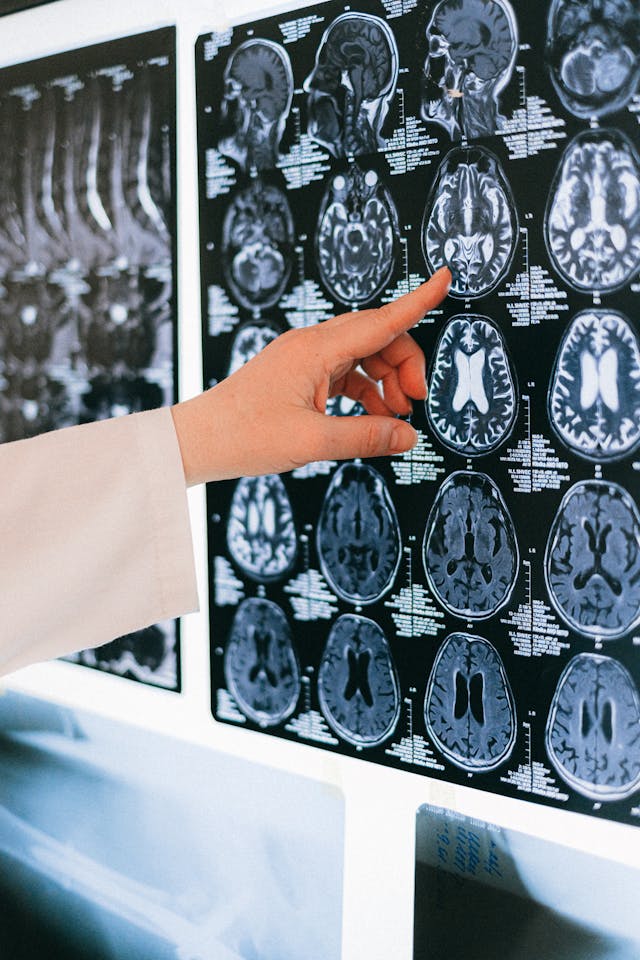Introduction
Vascular ultrasound has become an indispensable tool in the evaluation of arterial and venous disorders. With advances in imaging technology, Doppler techniques now provide precise, non-invasive assessment of blood flow, vessel morphology, and hemodynamic parameters. Says Dr. Andrew Gomes, the integration of automated flow assessment further enhances diagnostic accuracy, reduces operator dependence, and streamlines clinical workflows.
Modern vascular ultrasound technologies facilitate early detection of vascular pathologies, guide interventional procedures, and support longitudinal monitoring of disease progression. By combining real-time imaging with quantitative measurements, clinicians can make informed decisions and optimize patient care.
Advanced Doppler Imaging Techniques
Doppler ultrasound techniques, including color, power, and spectral Doppler, are essential for assessing vascular flow dynamics. Color Doppler visualizes flow direction and velocity, while power Doppler provides sensitivity to low-flow states, aiding in the detection of stenosis, thrombosis, and collateral circulation. Spectral Doppler allows quantitative analysis of peak systolic and diastolic velocities, waveform morphology, and resistive indices.
Recent advancements such as high-definition Doppler, microvascular imaging, and three-dimensional Doppler provide enhanced spatial and temporal resolution. These innovations improve visualization of small vessels, complex flow patterns, and turbulent or low-velocity flows, supporting accurate diagnosis of conditions such as peripheral artery disease, deep vein thrombosis, and arteriovenous malformations.
Automated Flow Assessment
Automated flow assessment uses software algorithms to analyze velocity, volume, and waveform characteristics, reducing variability associated with operator technique. These systems provide objective, reproducible measurements, facilitating longitudinal monitoring and comparison of serial studies. Automated analysis can also generate alerts for abnormal flow patterns, enhancing clinical decision-making and workflow efficiency.
Integration of automated tools with machine learning and artificial intelligence allows predictive modeling, risk stratification, and advanced diagnostic interpretation. This technology improves both sensitivity and specificity in detecting vascular abnormalities and enables standardized reporting across institutions.
Clinical Applications and Benefits
Advanced vascular ultrasound is applied across a wide spectrum of clinical scenarios. In peripheral vascular disease, Doppler imaging guides intervention planning, monitors post-procedural outcomes, and assesses response to medical therapy. In venous disease, automated flow assessment assists in evaluating deep vein patency, reflux, and hemodynamic significance of thrombotic events.
For transplant and cardiac patients, vascular ultrasound provides non-invasive surveillance of graft patency, arterial stenosis, and flow abnormalities, reducing reliance on more invasive procedures. The combination of advanced Doppler and automated flow assessment enhances diagnostic confidence, accelerates patient evaluation, and improves clinical outcomes.
Challenges and Future Directions
Despite technological advances, vascular ultrasound remains operator-dependent, and interpretation requires specialized training. Image quality can be limited by patient body habitus, vessel depth, and hemodynamic variability. Ongoing efforts focus on improving automation, incorporating AI for real-time decision support, and integrating multimodal imaging to complement ultrasound findings.
Future directions may include fully automated, AI-driven vascular assessments, cloud-based data storage, and integration with electronic health records for longitudinal patient monitoring. These developments will further enhance diagnostic accuracy, reduce variability, and support precision vascular medicine.
Conclusion
Vascular ultrasound technologies, through advanced Doppler imaging and automated flow assessment, provide precise, non-invasive evaluation of vascular structure and hemodynamics. These innovations enhance diagnostic accuracy, streamline workflow, and support evidence-based clinical decision-making. Continued technological refinement and integration with AI promise to establish vascular ultrasound as an indispensable tool in modern vascular care.

